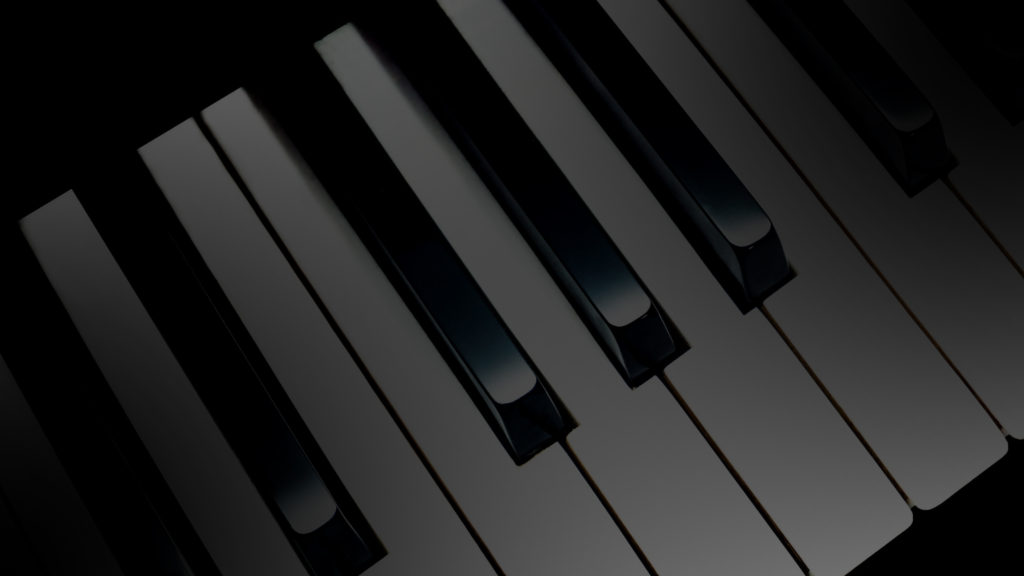“I don’t know anything about chords,” says Marshall Jefferson as he reclines so far back on his studio chair that his head almost disappears from view. “I just play them. I don’t know what notes I’m playing. I just hear songs in my head.” This is astonishing to hear from the man who unwittingly pioneered a whole subgenre of house music that continues to flourish more than 30 years later.
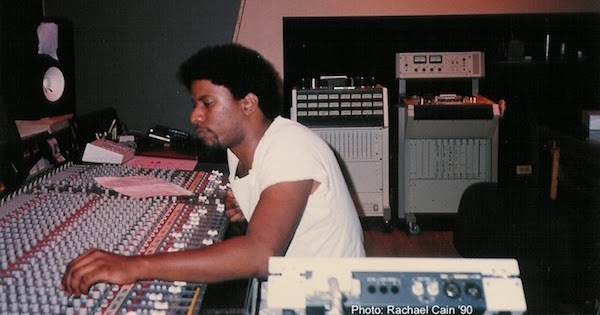
Of course, it all started, probably, with his ‘Move Your Body (House Anthem)’ back in 1986, a song that came to the pioneering Chicago producer while working a shift at the post office. “I just turned to my friends and said, ‘I’ve got a cut, man, I’ve got a cut!'” As soon as he could, young Marshall raced home, laid down the notes on a sequencer then headed to the studio to finish off what has become one of the most iconic house tracks of all time, and certainly piano house’s first big moment. It’s also, he claims, the first time anyone used the word ‘anthem’ to refer to a big sounding tune.
Owing to a lack of proper playing chops because Marshall was “too busy chasing girls to practice,” the rollicking chords that drive the celebratory tune forward were written at 40bpm and later sped up. “I’m a bit better now, so I can play around 70bpm” he says from a home studio in New York which was built last year by his now 16 year old son. “There were no pianos in house at the time, hell no. As a matter of fact, people said it wasn’t even house music. And that was part of the inspiration for me naming it the ‘House Anthem’.”
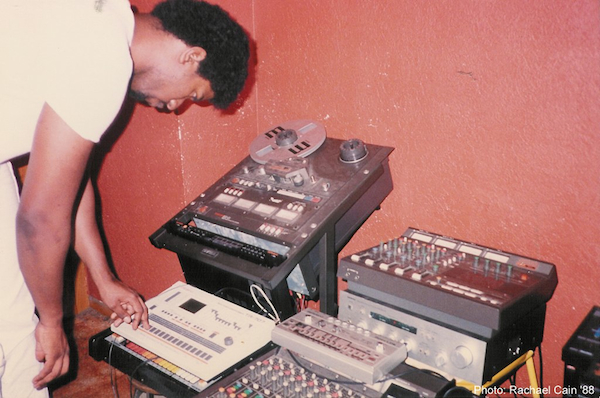
Elton John’s performances at the piano were another huge inspiration, as was writing a tune with the piano as the lead instrument. “That’s what I heard in my head, I wanted something to really drive the song forward,” says Marshall, who has been more productive this year during lockdown than at any time in history. He’s written three EPs and done five remixes, as well as finishing off a Ten City album due soon on Ultra. Two of the new, soon-to-be-released tunes – ‘Come Together’ and ‘Family’ – feature big piano parts.
“I don’t really have time to get inspired by anybody in particular,” he says, before saying he sees no real difference between sequencing notes on a DAW or playing an actual piano yourself. “It’s still you on the record, man. Me, I can’t read and write music, I don’t know the difference between major and minor chords, but I can make music. So, you know, my great friend Ce Ce Rogers, he could play circles around me. He went to Berklee College of Music, graduated with honours. So I do regret not going,” he laughs, “If only to put Ce Ce in his place!”
In 2020, piano house remains as popular as ever. From cross-over chart toppers to underground classics, smooth and sophisticated Prog House rollers to cosmically minded melodic Techno, pianos now permeate every point on the Electronic music spectrum.
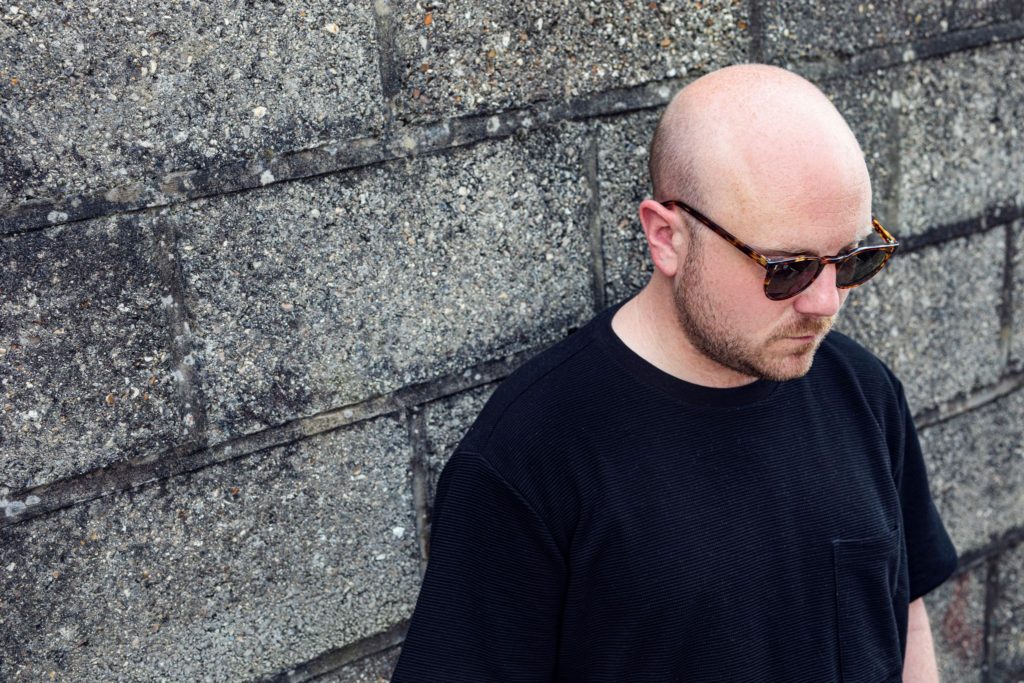
“Everyone loves a good knees-up or euphoric moment,” reckons Huxley, who has just unveiled ‘Who Sez’, his own slice of piano house dynamite on Toolroom Records. “It can convey every emotion, happy or sad, angry or euphoric.” His own piano love affair started with old school hardcore records, like Awesome 3’s ‘Don’t Go’ and Liquid’s enduring rave gem ‘Sweet Harmony’.
But go further back than rave and most people would agree that pianos made their way into house music through disco, and acts like Harold Melvin and the Blue Notes, who in the mid-seventies dropped the sort of layered, jabbing chord vamps we still hear today all over their tracks.
Disco itself takes influence from r&b, and earlier still from gospel, all of which are overtly emotional sounds that wear their hearts proudly on their sleeve, much like the piano house that has followed.
After Marshall showed how to most effectively combine piano sounds with house grooves, acts like Ce Ce Rogers with ‘Someday’ and Joe Smooth with ‘Promised Land’ brought a piano sound drenched in spirituality.
Before long, even Techno even got in on the act with Derrick May’s much vaunted Detroit classic ‘Strings of Life’ under his Rhythim is Rhythim alias.
At the same time, UK rave was just starting to emerge.
With an insatiable urge to sample anything and everything, and alongside the rise of ecstasy, a gushing piano sequence was always going to be the perfect accompaniment to high energy beats and overwhelming rushes of euphoria. Look no further than Baby D’s ‘Let Me Be Your Fantasy’ for undeniable proof.
Back in the United States around the same time – specifically in New Jersey and New York, and places like Club Zanzibar, where the legendary Tony Humphires was resident – and young producers like Todd Terry, Keri Chandler and Masters at Work all started pairing a more subtle piano style with deep and rubbery house beats.
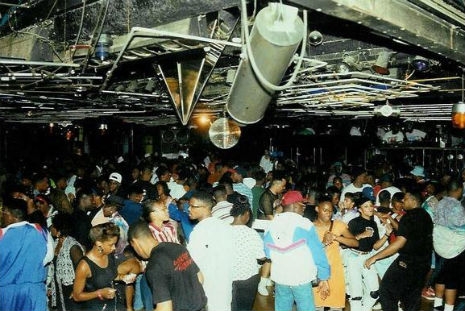
Some of House’s most enduring classics come from this period, such as Kerri’s driving and elastic ‘Climax 1’, the jazz-funk riffs of Todd Terry’s ‘Keep On Jumpin’ and Master At Work’s iconic mix of ‘Only Love Can Break Your Heart’ which keeps it super sweet, deep and romantic.
And then there are the more airy and heavenly piano sounds of Italy’s dream house wave of the late eighties and early nineties (which should be no surprise given the Piano itself was invented in Italy and the country has a long history of grandiose melody). Key Tronics Ensemble’s ‘Calypso Of House (Paradise Mix)’ perfectly encapsulates the era with its ever-rising piano, while Don Carlos brought some beautifully blissed out Balearic vibes to his super sophisticated ‘Alone’ in 1991.
Quite possibly as a reaction to the often tongue-in-cheek sounds of rave, the early nineties also brought about another take on the piano sound that became known as progressive house. More painstakingly produced, it was a sound pioneered by legends Sasha, Dave Seamen, Spooky and Darren Emmerson and can take in tantalisingly drawn out crescendos of melody that wash over you in waves and lead to more subtle releases of dopamine, but also hard but tuneful, banging but thoughtful strains such as Bedrock’s ‘For What You Dream Of’ and Sasha & Maria’s ‘Be As One.’
“I think if you overdo a set with them it can become a bit of a sensory overload,” says Huxley on the careful art of dropping piano house tunes into your set. Matt Smallwood agrees, “Too much and it gets a bit too euphoric and in turn, a bit naff. Just a few well selected piano bangers at the right point is enough.”
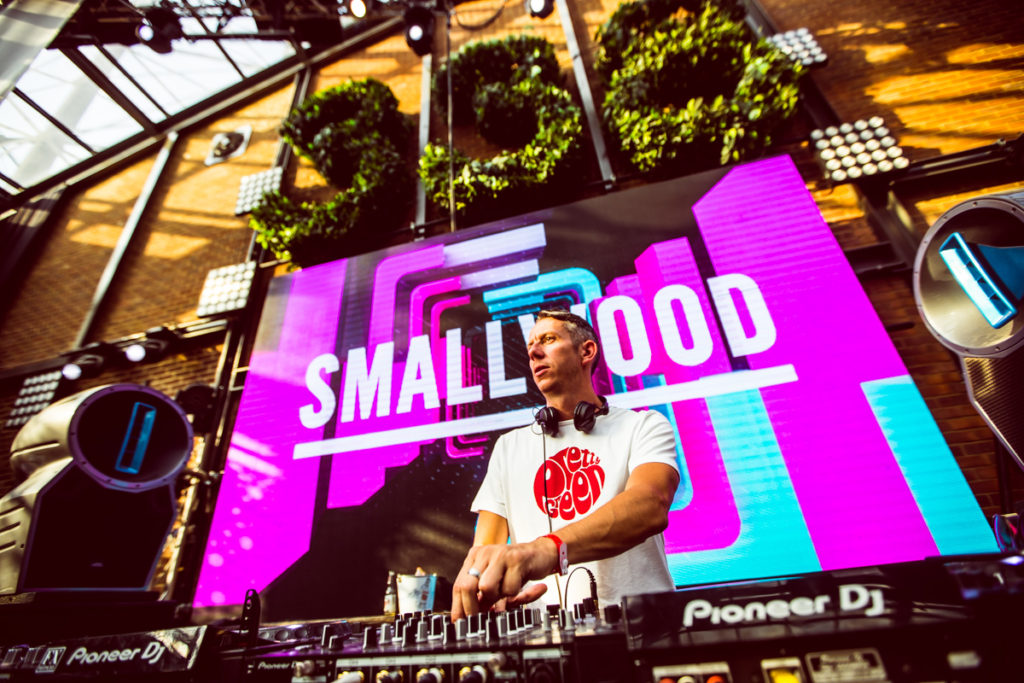
It’s fair to say there is a fine line between piano greatnesses and all out cheese. Smallwood believes that, fundamentally, “if a piano is in key with the rest of the track, that is generally a good start, but something that seems to be occasionally overlooked in current times.” As an A&R for Toolroom, he should know – he gets sent hundreds of tunes, and plenty of piano bangers, on a regular basis. “They are mainly seasonal. Certainly the summer months seem to draw out the piano in people, because doesn’t love a good piano in the sunshine?” He cites Weiss’s ‘Feel My Needs’ and Leftwing : Kody’s ‘I Feel It’, as two “modern day, big piano house records that I adore.”
Although there can be snobbery around piano house records if not done right, plenty of staunchly underground artists have found a perfect sweet spot in recent years. Paul Woolford had one of the tunes of the year in 2014 with his pinging, hands in the air anthem ‘Untitled’ and Hotflush label boss and Berghain resident Scuba even got in on the act with his Ibiza-approved, piano-happy ‘Hardbody’.
Key to success with any piano tune is the quality of the chords, obviously. As Marshall has proven, you don’t need to be grade 8 on the piano to make a decent track, but there are still some rules to go by.
Huxley is all self taught and says he understands all the music theory, but can’t read or write music in a traditional sense. “I just don’t think it’s important anymore, unless you’re creating music for orchestras, although even then all DAWS now do that for you automatically anyway.”
His ‘Who Sez’ is made of all original chords, though he says doesn’t have a problem with people using sample packs, “as long as they use it in a clever way and really make it their own. These packs are there for a reason, and they can definitely be a useful tool in the arsenal. However, most of the melodic bits in my own tracks I play myself. Just make sure everything is in key with each other, and if you’ve nailed that, then I don’t think there are any limitations.”
Piano house’s journey started in the eighties, but not long after the turn of the millennium it rather went out of fashion.
There was still time for a pair of stone cold classics in Kings of Tomorrow’s ‘Finally’ and Layo & Bushwacka!’s ‘Love Story’, though, both of which repurposed the piano as superbly smooth and classy. You can never keep a good sound down, however, and by 2009 Tony Lionni was leading the piano revival with his decidedly old school ‘Found A Place’ and since then the hits have kept on coming all over the musical spectrum, from EDM big wigs like Eric Prydz with his simple but effective ‘Pjanoo’ to Detroit bad boy Omar S who can do anything from bittersweet late night and lo-fi rollers like ‘Romancing the Stone’ to big, wonky but jazzy jams like ‘The Shit Baby.’
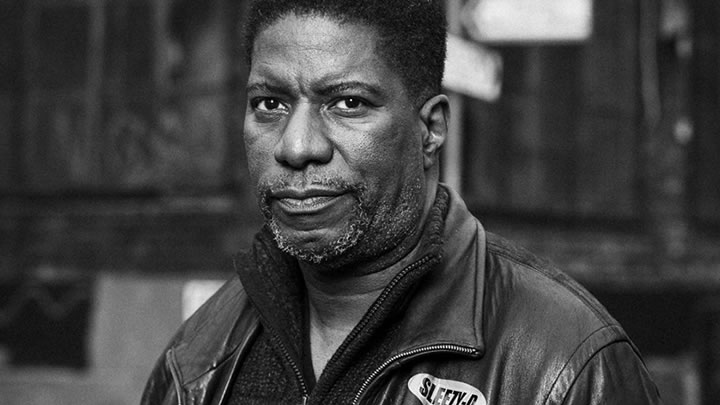
“I’ve never gone into any set with a game-plan,” says Marshall of his approach to playing piano house in the club.
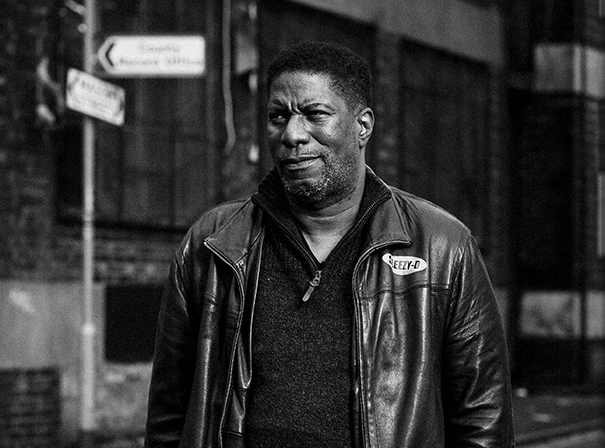
“I just throw something on and watch the crowd. But sure, on piano records, man, you always know what they will do. ‘Where Love Lives’ by Allison Limerick, ‘Strings of Life,’ ‘Move Your Body,’ they will always get hands in the air if they have nice drops and the right crescendos.”
And if Marshall says it’s so, who are we to argue…
Words: Kristan J Caryl

